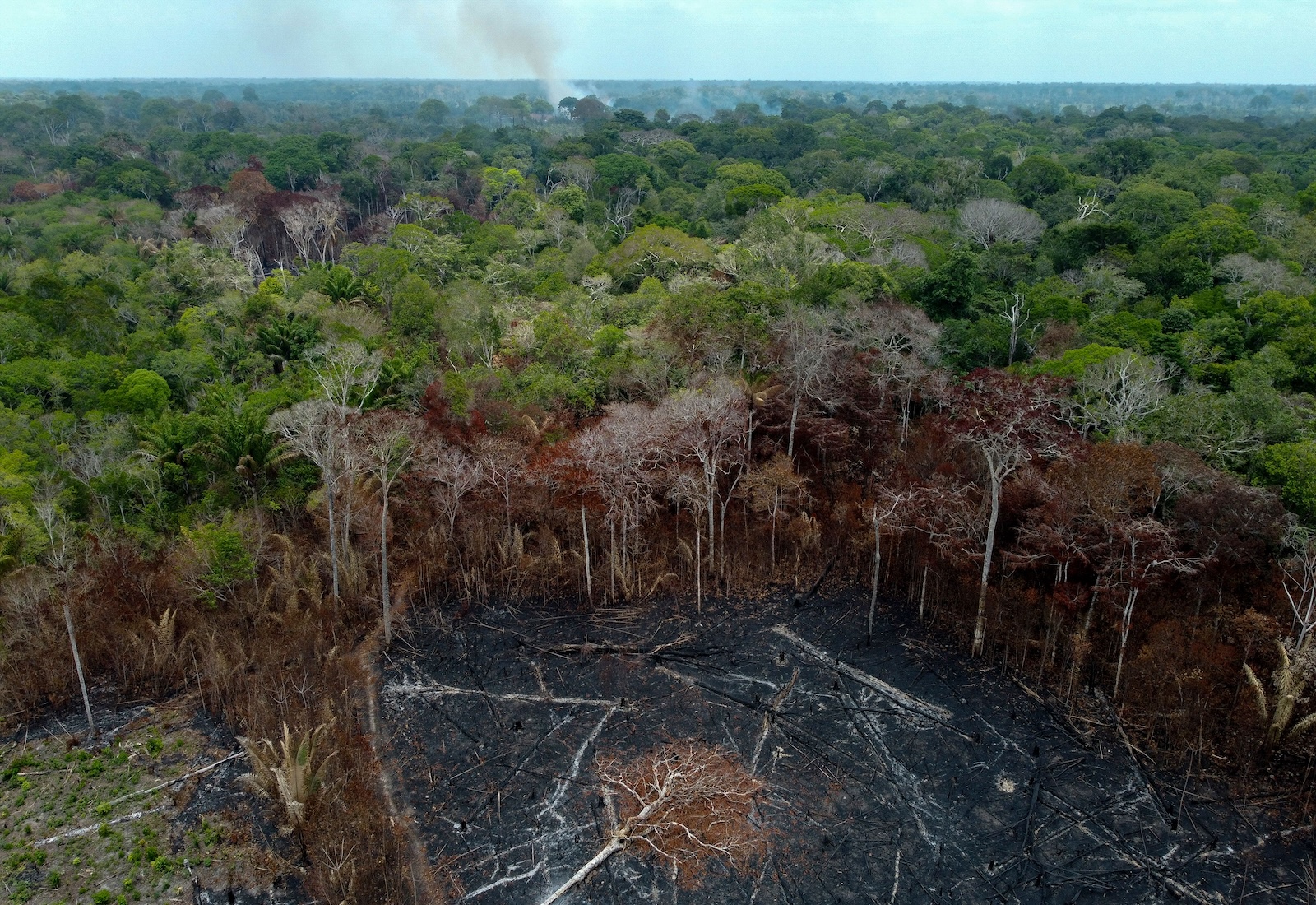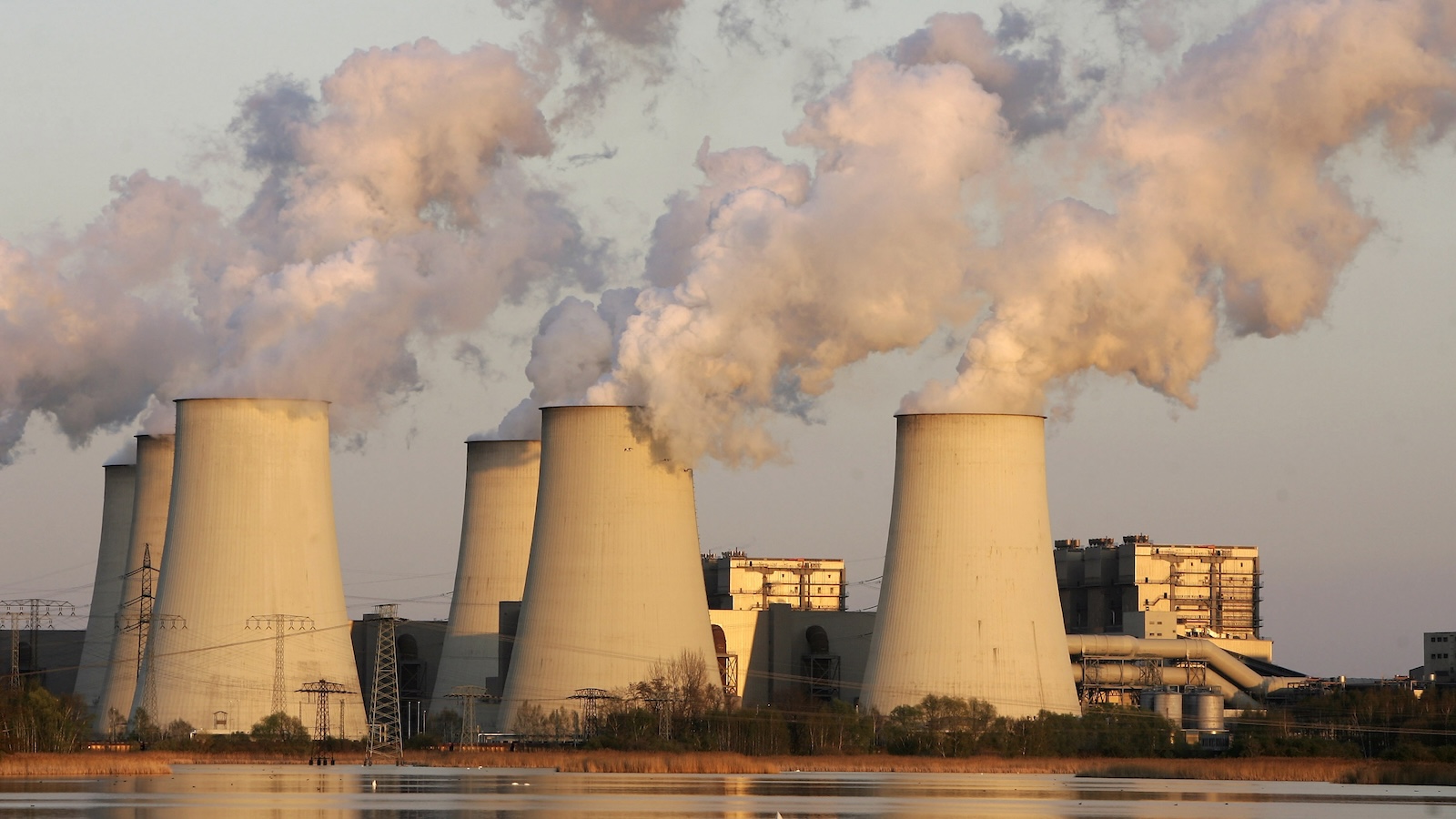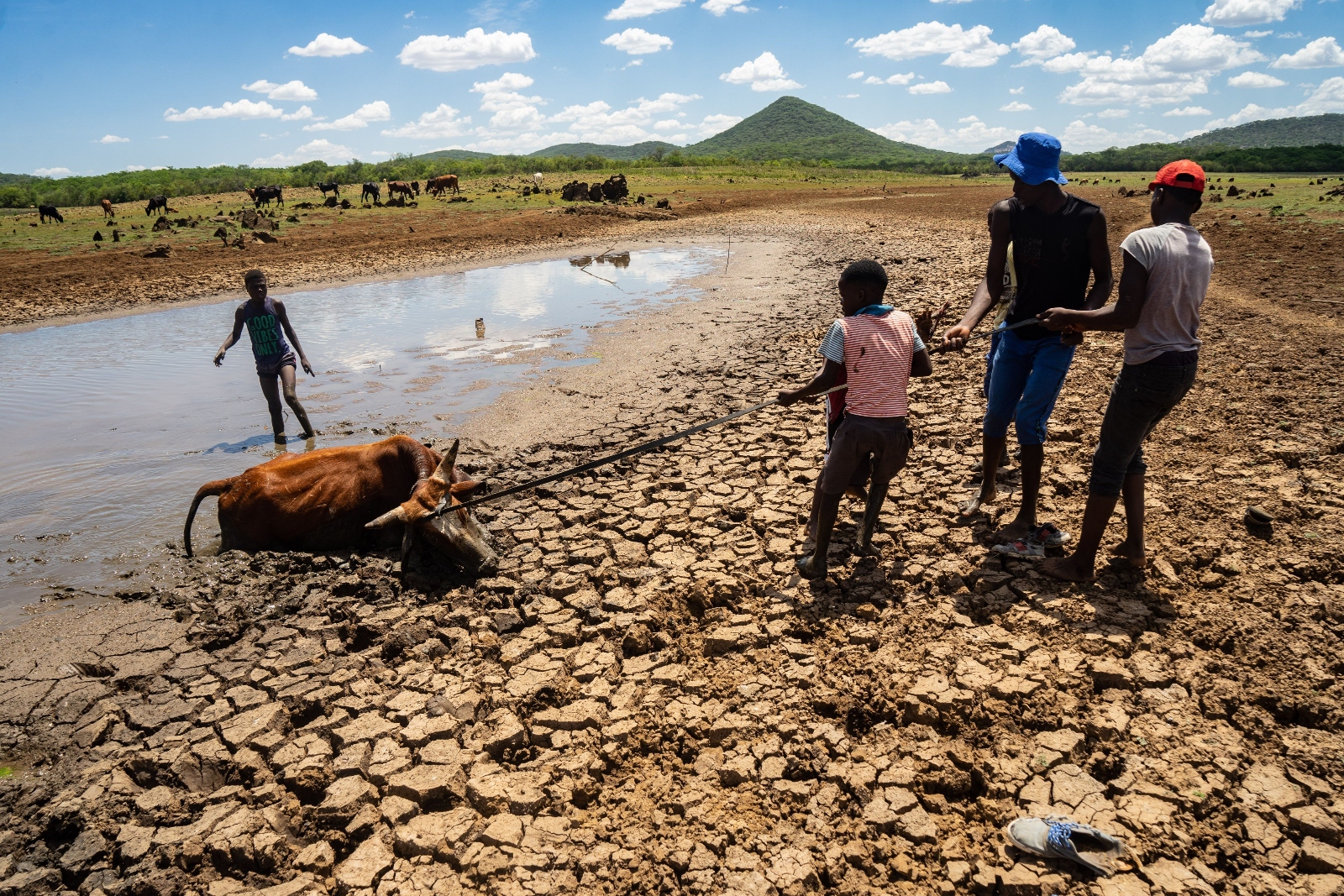By Derrick Z. Jackson
Like almost all things chemical in the United States, the recent announcement by the Biden administration that it is banning a major form of asbestos is both a triumph and a disgrace.
The triumph is that after decades of Sisyphean advocacy by public health groups and scientists, chrysotile asbestos, a known carcinogen, is finally facing an assorted set of deadlines for import and use in this nation. In a bit of rhetorical ecstasy, Environmental Protection Agency Administrator Michael Regan proclaimed that the federal government “is finally slamming the door on a chemical so dangerous that it has been banned in over 50 countries.”
While this administration does deserve credit for acting on asbestos after years of neglect, it is more accurate to describe the White House as politely showing the door to companies who use what is nicknamed “white asbestos.” Two years ago, when the EPA first started proposing rules to get the last uses of asbestos out of current applications, the agency floated a two-year deadline. After heavy lobbying by the chemical industry, which still uses asbestos diaphragms to produce a third of the nation’s chlorine, it now may be up to 12 years before the last chlorine company converts to non-asbestos technology.
The Biden administration is also generally giving a two to five-year phase out period to companies that use asbestos sheet gaskets to seal pipes. The quickest prohibition is six months against asbestos in automotive brakes and linings, other vehicle friction parts and oilfield gear. Brenda Mallory, the White House’s chair of its Council on Environmental Quality said, “This action marks a major step to improve chemical safety.”
It should be clear that it is only a step, and therein lies the disgrace. Even with this move, the United States remains many steps behind other developed nations when it comes to asbestos and chemical safety across the board—thanks to decades of industrial and political suppression of science, the enduring might of industrial lobbyists, and our ever-divided government.
Deny, Delay, Disinform
Asbestos makers have known since the 1930s that their products were dangerous and yet they purposely buried that knowledge for decades. They banked on being able to avoid consequences for cancers that took decades to develop in workers who inhaled asbestos fibers. Johns-Manville, the 20th century’s largest asbestos manufacturer, was infamous for a longstanding policy of not telling employees whether asbestosis showed up in their physical examinations.
The entire industry and insurers led by Metropolitan Life copied the same playbook. According to a paper in the International Journal of Occupational and Environmental Health, the final draft of a 1957 industry study deleted the internal finding that asbestos miners with asbestosis were more likely to develop lung cancer than a person without asbestosis. That, in turn successfully , dampened the concern of the American Medical Association.
The leading AMA industrial health editor wrote the authors of the industrial study to say he was “particularly pleased” at the findings of no association of lung cancer to asbestosis. The association’s top consultant for occupational disease went so far as to claim in the prestigious Journal of the American Medical Association that there was “no epidemiological evidence” of increased lung cancer among workers exposed to asbestos.
The legacy of death and disease from disinformation and “disappeared” information haunts us to this day. By the beginning of 2001, according to a 2004 report by the National Bureau of Economic Research, 600,000 people had filed lawsuits over asbestos-related illnesses that had already cost companies $54 billion in legal costs, with an eventual projected total cost of between $200 billion and $265 billion. The NBER said asbestos cases “involve more plaintiffs, more defendants, and higher costs than any other type of personal injury litigation in U.S. history.”
Just two years ago, a Montana jury awarded $36.5 million to a man who worked in the late 1960s at a vermiculite mine and mill in the town of Libby where the mineral was contaminated with asbestos. The operations were owned by W.R. Grace, but the villain, according to the verdict, was the mill’s workers compensation insurer, Maryland Casualty.
The doctors for the insurer did not tell workers that their annual X-rays showed scarring of the lungs. A New York Times feature quoted a 1967 memo from a lawyer of the insurer who feared “the extent and severity of the problem.” The mine was closed in 1990, but its asbestos dust has so far been tied to 400 deaths and 2,400 cases of disease. In 2009, for the first time ever, the EPA declared a public health emergency, calling the asbestos contamination in Libby “the worst case of industrial poisoning of a whole community in American history.”
Still a Modern Killer
Even today, asbestos exposure is still tied to 40,000 deaths a year in the United States and 255,000 worldwide. It was not until the 1970s that the United States began banning the crumbly forms of asbestos insulation on boilers and hot water tanks, fireproofing sprays, and wall patching. By then, no one knew how much asbestos the average American was living with. ”No one has any kind of numbers,” Sandra Eberle, chemical hazards program manager of the Consumer Product Safety Commission told the New York Times in 1984. ”We don’t have statistics on how many homes asbestos is in, and we don’t know whether or not it poses a hazard in those homes.”
Numbers continue to be hard to come by. As many other nations began enacting bans over the course of the rest of the 20th century, US efforts stalled. In 1989, under President George H.W. Bush, the EPA attempted to ban most products containing asbestos by 1997. The chemical lobby responded by suing the EPA.
A federal court overturned much of the ban in 1991on technical grounds. It faulted the EPA for not adequately evaluating potentially less burdensome alternatives to asbestos and not comparing the toxicity of potential alternatives. Although the ruling was primarily concerned with the EPA’s process, Robert Pigg, a top asbestos trade-group executive, seized on it to claim: “We have known for many years that asbestos can be safely and securely bound in today’s products.”
The result was three decades of mostly federal silence, with untold exposures to workers at plants still using asbestos. In the 2000s, companies such as Georgia Pacific tried to fend off lawsuits over its use of asbestos in its Ready-Mix joint compound in the 1960s and 70s with highly flawed counterfeit research.
In 2022, as the Biden administration launched its effort to ban chrysotile asbestos, ProPublica/National Public Radio interviewed more than a dozen laborers who worked at a chlorine plant that operated until 2021 in Niagara Falls, New York. The story said “asbestos dust hung in the air, collected on the beams and light fixtures, and built up until it was inches thick. Workers tramped in and out of it all day, often without protective suits or masks, and carried it around on their coveralls and boots.”
One worker said, “We were constantly swimming in this stuff.”
Chemical Industry Wins Compromise
Yet, none other than the US Chamber of Commerce, the nation’s highest-spending lobbying group, opposed the ban. It claimed, like Pigg in 1991, that the mineral “has been utilized safely in the United States for decades.” The American Chemistry Council unleashed a host of scare tactics. It claimed that an asbestos ban was itself a health hazard that could “cause substantial harm” to the nation’s drinking supply and retard “the production of products necessary to achieve our climate and sustainability goals including batteries, windmills, and solar panels.”
The council began pining for a 15-year phase-out period for asbestos. Two years later, the final rule clearly reflects a compromise, with the Biden administration saying it recognizes that converting chlorine facilities to non-asbestos technology “requires extensive construction, additional permits, specialized expertise and parts for which there are limited suppliers.”
Even if that compromise holds up against lawsuits, the “final” rule is likely far from a final say on asbestos. While the EPA says that chrysotile asbestos is the “only known form” of the mineral still being used and imported to the United States, there are several other forms that the current regulation is silent on, leaving the door open for their use.
There is also the unresolved issue of “legacy” asbestos installed in walls, ceilings and flooring and basements over most of the 20th century. In older school buildings, a 2018 EPA Inspector General report said, “substantial amounts” of asbestos were sprayed for insulation and as fire retardants in school buildings, particularly from 1946 through 1972. A 2017 study by the Centers for Disease Control found that deaths from mesothelioma remained “substantial” and were increasing, likely due to workers maintaining or remediating older buildings with asbestos.
The EPA said it will release an evaluation of other types of asbestos and legacy uses by December. But the piecemeal approach is why advocates such as Linda Reinstein, co-founder of the Asbestos Disease Awareness Organization, have long pushed for more sweeping federal legislation banning all asbestos fibers in products and requiring chlorine companies to convert to non-asbestos technology in two years, as the EPA had originally planned. Such legislation would make asbestos regulation less vulnerable to the highly variable whims of whoever is in the White House. The legislation is named for Reinstein’s late husband Alan, who died from mesothelioma, an aggressive cancer tied to asbestos exposure.
While Reinstein said in an interview that she was “delighted” that the EPA has issued its current rule, she remained highly concerned that there remain loopholes the asbestos-using industry can exploit, especially since she feels that little has changed in its mentality of putting “profits over people.” She emphasized, “This does not ban what you can find on a store shelf.”
A Painfully Long Journey
The protracted journey to any kind of asbestos ban is a sobering reminder of how long the United States takes to regulate chemicals on any shelf, such as menthol in tobacco products, PFAS “forever chemicals” in our water, pesticides in agricultural fields, and even cosmetics in the bathroom cabinet. National Public Radio’s “Living on Earth” recently featured a study from China finding that women undergoing in vitro fertilization who used skin care products were more likely to miscarry than women who did not use skin care products.
Cosmetics have increasingly been tied to endocrine disruption and cancers. The “Living on Earth” feature served as a reminder that here at home, the United States has banned only 11 chemicals in cosmetics, while the European Union has banned more than 1,300. Leonardo Trasande, director of New York University’s center of environmental hazards, told the program, “The more you unravel the onion, the more you realize–whoa, this is a bigger and more complicated story than you might be able to deal with fully in a lifetime.”
The journey has already spanned several generations to get to where we are on asbestos. We should not have to wait so long to deal with the rest of the chemical world. None other than Reinstein said it best: “What we do matters. What we don’t do matters even more.”
Reposted with permission from Union of Concerned Scientists.
Derrick Z. Jackson is a UCS Fellow in climate and energy and the Center for Science and Democracy. Formerly of the Boston Globe and Newsday, Jackson is a Pulitzer Prize and National Headliners finalist, a 2021 Scripps Howard opinion winner, and a respective 11-time, 4-time and 2-time winner from the National Association of Black Journalists, the National Society of Newspaper Columnists, and the Education Writers Association.
The post A Triumph and Disgrace: The Very Slow Road to Banning Asbestos appeared first on EcoWatch.





